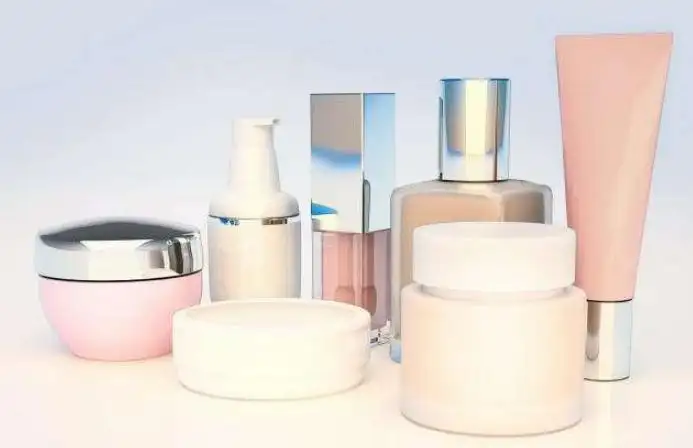
Opened and unopened shelf life is very different
In essence, the shelf life of a cosmetic product is very different before it is opened and after it is opened. Generally, the shelf life of a cosmetic product in the general sense refers to how long the product can be kept in its unopened state, which is clearly indicated on the cosmetic’s outer packaging.
However, the shelf life of cosmetics that have been opened also needs to be taken seriously. After all, once a cosmetic is opened, whether you use it or not, it will come into contact with the air and bacteria will enter, and then the shelf life of the cosmetic will be greatly reduced.
If we pay close attention to the outer packaging of cosmetics, it is not difficult to find an icon like a small can with an open lid, with the words “6M”, “9M”, “12M”, “24M”, etc. M is the abbreviation of the English month Month, which stands for “open lid shelf life”, for example, “6M” means that the open lid shelf life is 6 months.
Expired is not the same as spoiled
Some consumers may say, “The shelf life of cosmetics has passed, but there is no problem using it! That is because many products, even after the shelf life, the quality and performance of the product is still normal, this is only the manufacturer’s shelf life has expired, but does not mean that the product will necessarily deteriorate, after the shelf life of the product, but has not deteriorated, you can continue to use. Do not know whether the skin care products deteriorate, you can follow the following methods to determine whether you can continue to use.
01
● If your products have been opened and left in some highly humid environment for too long while not covered tightly enough, such as bathrooms, refrigerator freezers, etc., it is easy to breed microorganisms, especially those with high moisture content.
02
● Cosmetics containing sensitive ingredients such as Vitamin C and A alcohol are also ingredients that are prone to deterioration. If such sensitive ingredients are added to cosmetics, it is recommended that you consider not using them again after opening them for a long time.
03
● If there is a slight thinning of the product consistency, then it is a problem of microorganisms or the product structure is damaged. However, there are cases where the product becomes thicker and thicker. If you feel a significant change in the consistency of the product, then the product should also be worried.
04
There are also changes in the physical state, such as the sensation of particles, crystallization, oil, and water, and that is when deterioration is determined.
Different subcategories of cosmetics have different shelf lives
However, there are some cosmetics that do not indicate an open shelf life, so it is up to the fairies to identify them. Generally speaking, water, powder and color cosmetics have a relatively long shelf life when opened, while those containing antioxidant ingredients (vitamin C, phenethylresorcinol, aldehyde quinone, etc.) have a much shorter shelf life when opened. Moreover, open top cream bottles have a relatively shorter shelf life compared to pump bottles, tubes, sprays and other packaging materials, which have more contact with air and fingers.
*Disclaimer: The content contained in this article comes from the Internet, WeChat public numbers and other public channels, and we maintain a neutral attitude toward the views expressed in the article. This article is for reference and exchange only. The copyright of the reproduced manuscript belongs to the original author and the institution, and if there is any infringementPlease contact Jetson Chemical for deletion
